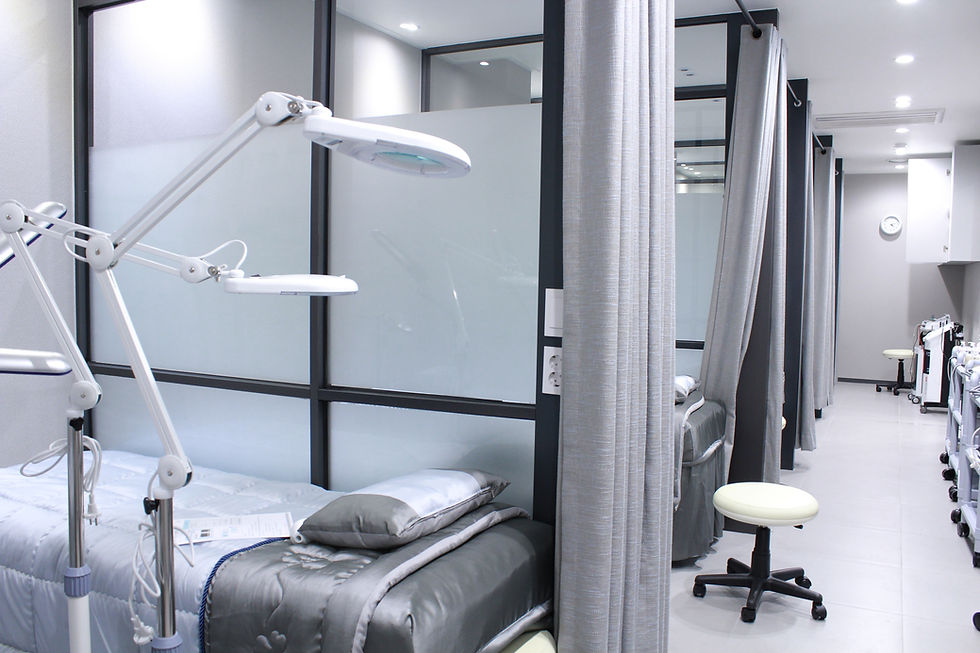A laser interlock controller should be an essential part of your safety protocol
- Wendy
- Jul 13, 2023
- 2 min read
A laser interlock safety controller is typically used to enhance safety in various industrial settings. It is designed to monitor and control laser safety-related devices and systems, ensuring that specific safety requirements are met before allowing certain actions or operations to occur.
Here are a few reasons why a laser interlock safety controller may be necessary:
Personnel protection: Lasers can emit intense, concentrated beams of light that can be harmful to the eyes and skin. A laser interlock system ensures that the laser is deactivated or the beam is blocked when someone enters a designated controlled area. This helps to prevent accidental exposure to laser radiation, reducing the risk of eye injuries or burns.
Machine safety: In manufacturing or automation processes, interlock safety controllers are essential for ensuring the safe operation of machinery. They can monitor critical parameters and conditions, such as machine guarding, emergency stop buttons, or safety sensors, and initiate appropriate actions to prevent accidents or injuries.
Compliance with regulations: Many industries have specific laser safety regulations and standards that must be followed. Employing an interlock safety controller helps meet these requirements by implementing safety measures and systems that adhere to relevant guidelines and standards, such as ISO 13849-1 or IEC 60825.
Accident Prevention: Laser interlock systems are designed to minimize the likelihood of accidents or mishaps during laser operations. They can incorporate safety features such as key switches, interlock loops, or safety interlocks on doors or enclosures. These mechanisms ensure that the laser cannot be operated without the appropriate safety measures in place, reducing the risk of accidental laser activation.
Equipment protection: Laser interlocks not only protect personnel but also help safeguard the laser equipment itself. Interlock systems can monitor critical parameters, such as cooling systems, gas supplies, or beam alignment, and deactivate the laser if abnormal conditions are detected. This helps prevent damage to the laser system and maintains its operational integrity.
Controlled Access: Laser interlock systems often include features that control access to laser areas. This ensures that only trained and authorized personnel can operate the laser and enter potentially hazardous zones. By limiting access, the interlock system helps maintain a safe working environment and prevents unauthorized individuals from coming into contact with laser radiation.
It's important to note that the specific reasons for needing an ICS 9 laser safety controller may vary depending on the industry, application, and the level of safety required. Consulting with laser safety experts or professionals can provide further guidance on the necessity and implementation of interlock safety controllers in your particular application.
Call us today for a free consultation! 770.332.0092, or email us at contact@rtlasersafety.com
Need a quote now? Download our interlock customization sheet here




Comments